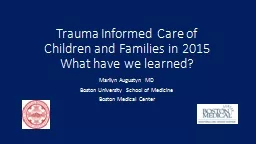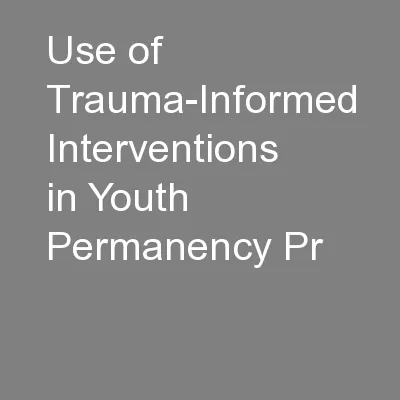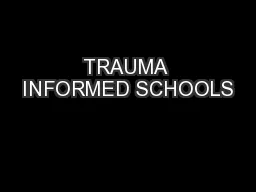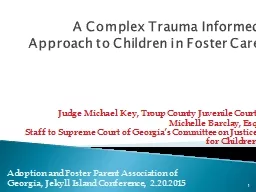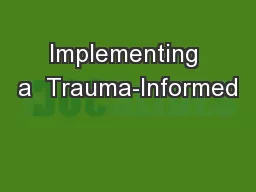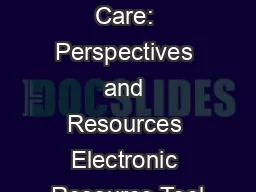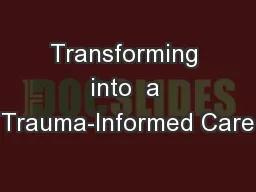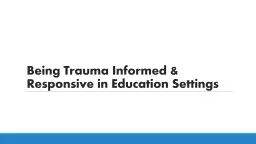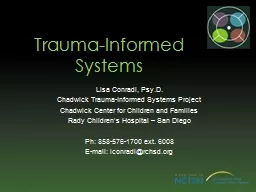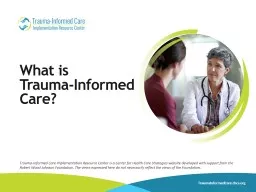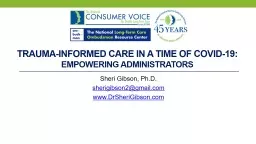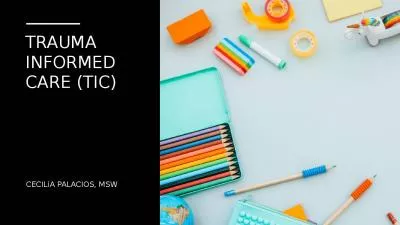PPT-Trauma Informed Care of Children and Families in 2015 What have we learned?
Author : briana-ranney | Published Date : 2019-06-29
Marilyn Augustyn MD Boston University School of Medicine Boston Medical Center What is trauma 3Es Individual trauma results from an event series of events or
Presentation Embed Code
Download Presentation
Download Presentation The PPT/PDF document "Trauma Informed Care of Children and Fam..." is the property of its rightful owner. Permission is granted to download and print the materials on this website for personal, non-commercial use only, and to display it on your personal computer provided you do not modify the materials and that you retain all copyright notices contained in the materials. By downloading content from our website, you accept the terms of this agreement.
Trauma Informed Care of Children and Families in 2015 What have we learned?: Transcript
Download Rules Of Document
"Trauma Informed Care of Children and Families in 2015 What have we learned?"The content belongs to its owner. You may download and print it for personal use, without modification, and keep all copyright notices. By downloading, you agree to these terms.
Related Documents

